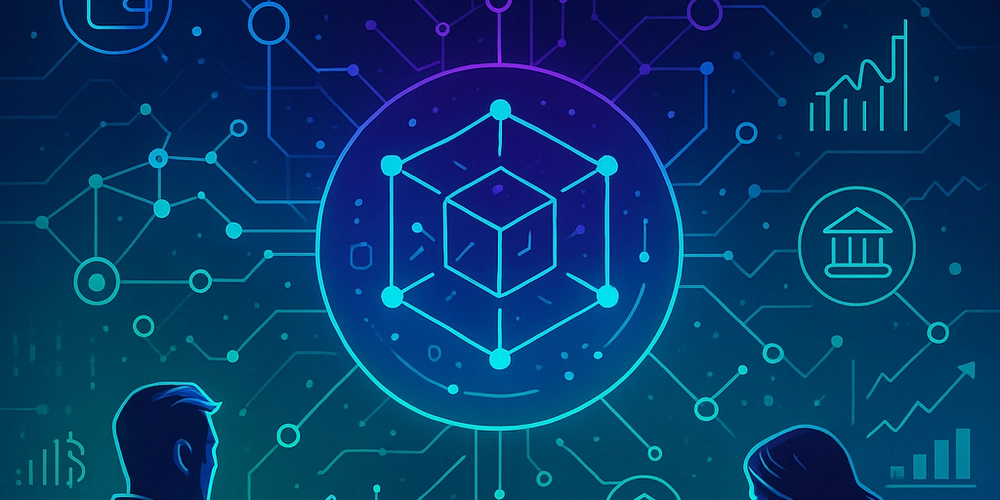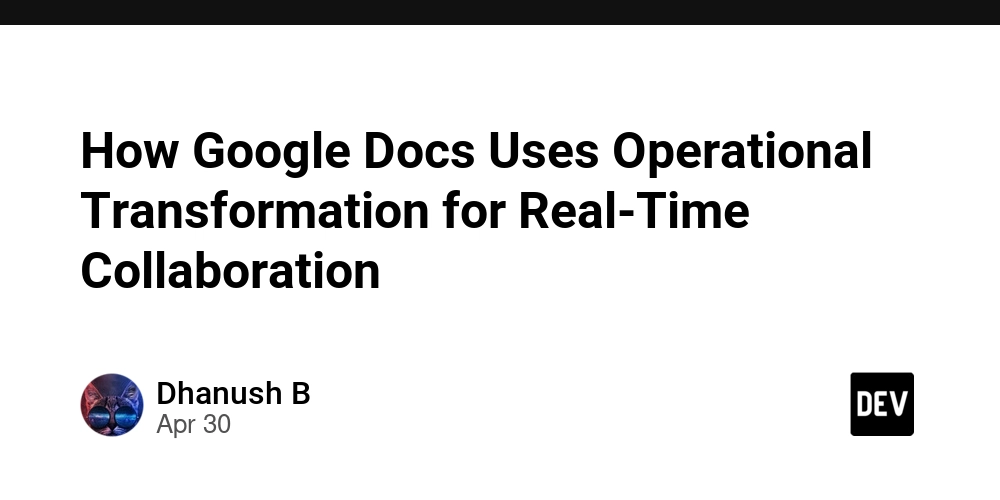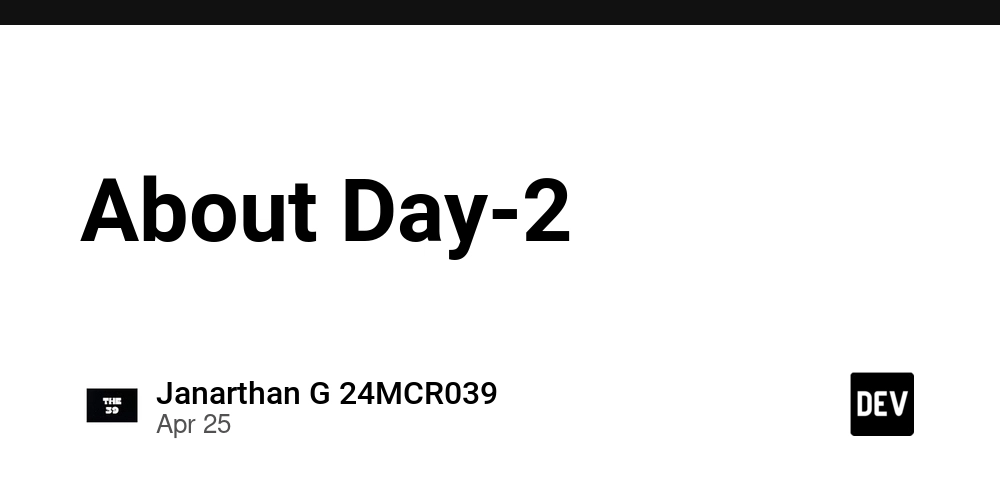The Rise of Web3: A Tech Leader's Perspective
In today’s rapidly evolving digital landscape, Web3 is emerging as a transformative force, gradually reshaping the way we interact with the internet. But what exactly is Web3, and how does it differ from Web2? Let’s dive deep into this new era of decentralized technology and explore its impact on industries, users, developers, and startups. What is Web3 and How Does it Differ from Web2? Web3 represents the next stage in the evolution of the internet, characterized by decentralized networks and technologies that put control back in the hands of users. In Web2, the internet is dominated by centralized platforms like Google, Facebook, and Amazon, which control user data and access. Web3, on the other hand, is built on blockchain and other decentralized protocols, allowing users to own and control their data, identities, and digital assets. The fundamental difference between Web2 and Web3 is the concept of decentralization. While Web2 relies on intermediaries to mediate transactions and data exchanges, Web3 removes these intermediaries by allowing users to interact directly with one another via peer-to-peer networks. Advantages of Web3 for Users and Developers Decentralized Data Ownership: One of the key benefits of Web3 is the ownership of data. In Web2, centralized platforms collect, store, and monetize user data, often without the user’s explicit consent. Web3 flips this model on its head, enabling users to control and monetize their own data. Through blockchain technologies like Ethereum, users can own their digital identities and assets without relying on centralized entities. Peer-to-Peer Services: Web3 offers peer-to-peer (P2P) services that eliminate the need for intermediaries. In Web3, transactions, whether financial, content-related, or service-based, can occur directly between users. For example, decentralized finance (DeFi) platforms enable users to lend, borrow, and trade digital assets without the need for a bank. Similarly, decentralized marketplaces and content-sharing platforms allow creators to interact directly with consumers, bypassing traditional gatekeepers like social media platforms or music streaming services. Elimination of Intermediaries: Intermediaries, such as banks, payment processors, or even social media platforms, are a core component of Web2. In Web3, blockchain technology facilitates trustless transactions without the need for middlemen, reducing fees and processing times. This makes Web3 more efficient, transparent, and secure. Challenges and Opportunities for Startups in Web3 While Web3 offers numerous advantages, it also presents significant challenges for developers and startups. Let’s explore both the obstacles and opportunities in this space. Challenges: Scalability: Many Web3 applications, particularly those built on public blockchains, face issues with scalability. As adoption grows, blockchain networks often struggle with transaction speeds and costs. Solutions like layer-2 scaling, sharding, and interoperability are being explored, but scalability remains a critical issue. User Adoption: Despite the advantages of decentralization, many users are still hesitant to adopt Web3 technologies. The complexity of blockchain wallets, private keys, and the lack of user-friendly interfaces make it difficult for mainstream audiences to get started in Web3. Regulatory Uncertainty: Web3 projects face an uncertain regulatory environment. Governments are still figuring out how to classify and regulate decentralized technologies, especially in areas like decentralized finance (DeFi), non-fungible tokens (NFTs), and privacy-focused applications. Opportunities: New Business Models: Web3 opens up entirely new business models, including token-based economies, decentralized applications (dApps), and decentralized autonomous organizations (DAOs). Startups can tap into these new revenue streams by offering unique services like decentralized storage, governance, and identity verification. Community Engagement: Web3 encourages community-driven development, where users are incentivized to participate in the growth and governance of platforms. Startups that adopt tokenomics can build strong, engaged communities that have a say in decision-making, creating a more loyal user base and potentially increasing user retention. Access to Global Markets: Web3 allows for borderless transactions, enabling startups to reach customers across the globe. Decentralized applications can be accessed by anyone with an internet connection, removing the barriers to entry for startups in emerging markets. Conclusion: Web3's Future and its Impact on Startups Web3 is poised to disrupt traditional industries, offering opportunities for users and developers to engage with the internet in more decentralized, transparent, and user-centric ways. While challenges remain—especially around scalability and user adoption—the potential for Web3 to revolutionize industries like finance, healthcare, and supply cha

In today’s rapidly evolving digital landscape, Web3 is emerging as a transformative force, gradually reshaping the way we interact with the internet. But what exactly is Web3, and how does it differ from Web2? Let’s dive deep into this new era of decentralized technology and explore its impact on industries, users, developers, and startups.
What is Web3 and How Does it Differ from Web2?
Web3 represents the next stage in the evolution of the internet, characterized by decentralized networks and technologies that put control back in the hands of users. In Web2, the internet is dominated by centralized platforms like Google, Facebook, and Amazon, which control user data and access. Web3, on the other hand, is built on blockchain and other decentralized protocols, allowing users to own and control their data, identities, and digital assets.
The fundamental difference between Web2 and Web3 is the concept of decentralization. While Web2 relies on intermediaries to mediate transactions and data exchanges, Web3 removes these intermediaries by allowing users to interact directly with one another via peer-to-peer networks.
Advantages of Web3 for Users and Developers
Decentralized Data Ownership:
One of the key benefits of Web3 is the ownership of data. In Web2, centralized platforms collect, store, and monetize user data, often without the user’s explicit consent. Web3 flips this model on its head, enabling users to control and monetize their own data. Through blockchain technologies like Ethereum, users can own their digital identities and assets without relying on centralized entities.Peer-to-Peer Services:
Web3 offers peer-to-peer (P2P) services that eliminate the need for intermediaries. In Web3, transactions, whether financial, content-related, or service-based, can occur directly between users. For example, decentralized finance (DeFi) platforms enable users to lend, borrow, and trade digital assets without the need for a bank. Similarly, decentralized marketplaces and content-sharing platforms allow creators to interact directly with consumers, bypassing traditional gatekeepers like social media platforms or music streaming services.Elimination of Intermediaries:
Intermediaries, such as banks, payment processors, or even social media platforms, are a core component of Web2. In Web3, blockchain technology facilitates trustless transactions without the need for middlemen, reducing fees and processing times. This makes Web3 more efficient, transparent, and secure.
Challenges and Opportunities for Startups in Web3
While Web3 offers numerous advantages, it also presents significant challenges for developers and startups. Let’s explore both the obstacles and opportunities in this space.
Challenges:
Scalability: Many Web3 applications, particularly those built on public blockchains, face issues with scalability. As adoption grows, blockchain networks often struggle with transaction speeds and costs. Solutions like layer-2 scaling, sharding, and interoperability are being explored, but scalability remains a critical issue.
User Adoption: Despite the advantages of decentralization, many users are still hesitant to adopt Web3 technologies. The complexity of blockchain wallets, private keys, and the lack of user-friendly interfaces make it difficult for mainstream audiences to get started in Web3.
Regulatory Uncertainty: Web3 projects face an uncertain regulatory environment. Governments are still figuring out how to classify and regulate decentralized technologies, especially in areas like decentralized finance (DeFi), non-fungible tokens (NFTs), and privacy-focused applications.
Opportunities:
New Business Models: Web3 opens up entirely new business models, including token-based economies, decentralized applications (dApps), and decentralized autonomous organizations (DAOs). Startups can tap into these new revenue streams by offering unique services like decentralized storage, governance, and identity verification.
Community Engagement: Web3 encourages community-driven development, where users are incentivized to participate in the growth and governance of platforms. Startups that adopt tokenomics can build strong, engaged communities that have a say in decision-making, creating a more loyal user base and potentially increasing user retention.
Access to Global Markets: Web3 allows for borderless transactions, enabling startups to reach customers across the globe. Decentralized applications can be accessed by anyone with an internet connection, removing the barriers to entry for startups in emerging markets.
Conclusion: Web3's Future and its Impact on Startups
Web3 is poised to disrupt traditional industries, offering opportunities for users and developers to engage with the internet in more decentralized, transparent, and user-centric ways. While challenges remain—especially around scalability and user adoption—the potential for Web3 to revolutionize industries like finance, healthcare, and supply chain management is immense.
For startups, embracing Web3 means tapping into a new era of possibilities—whether through decentralized applications, blockchain-driven economies, or decentralized governance. The future of Web3 is still being written, and for tech leaders and entrepreneurs, this is an exciting time to build the next generation of digital innovation.
Stay tuned as we continue to explore the rise of Web3 and its evolving role in shaping the future of the internet!




















_Alexey_Kotelnikov_Alamy.jpg?width=1280&auto=webp&quality=80&disable=upscale#)




















































